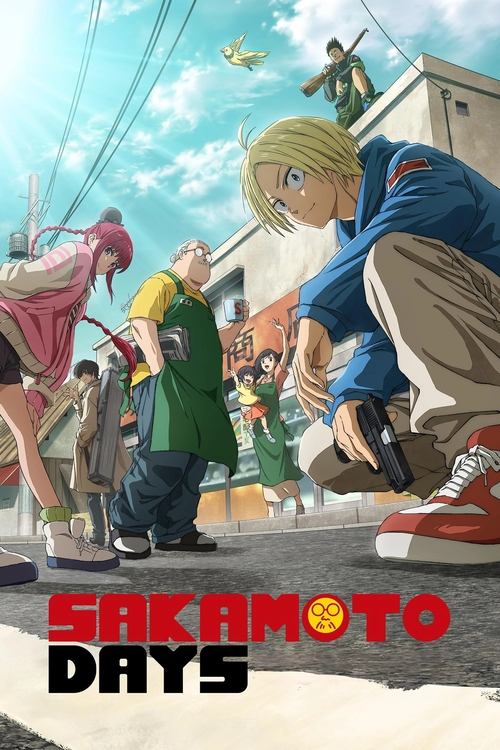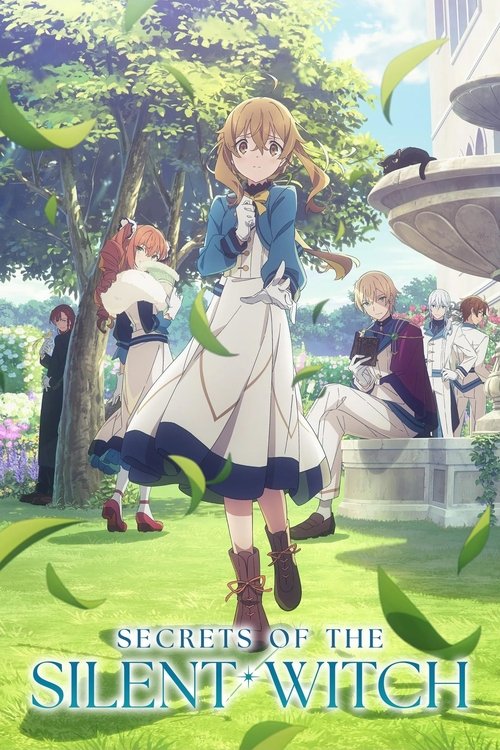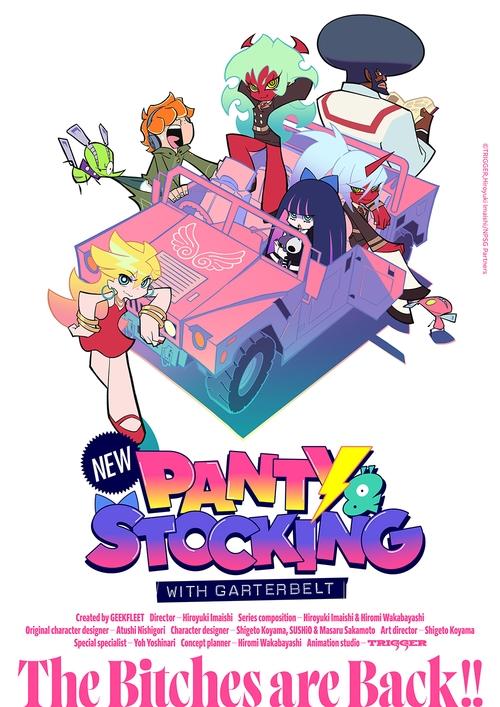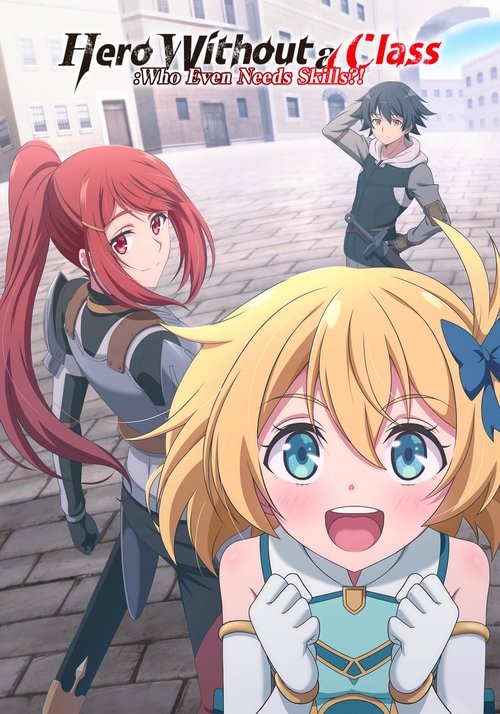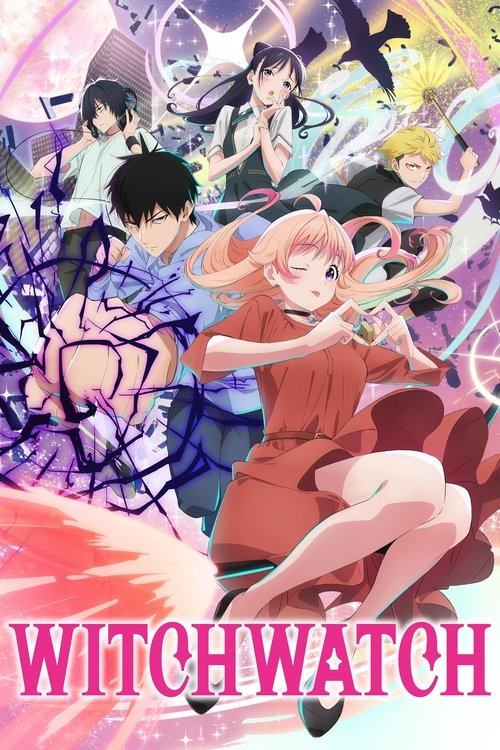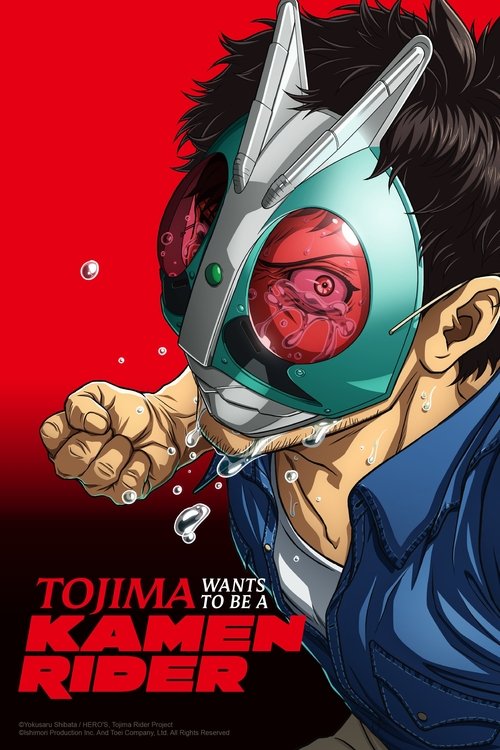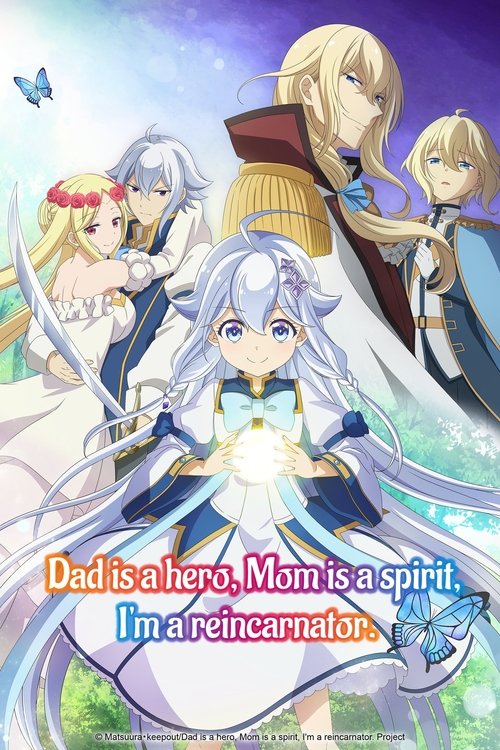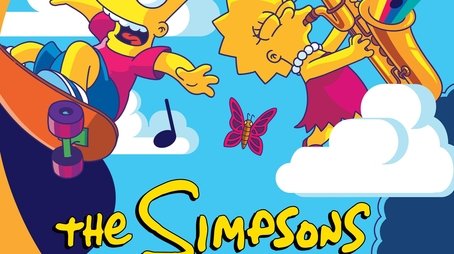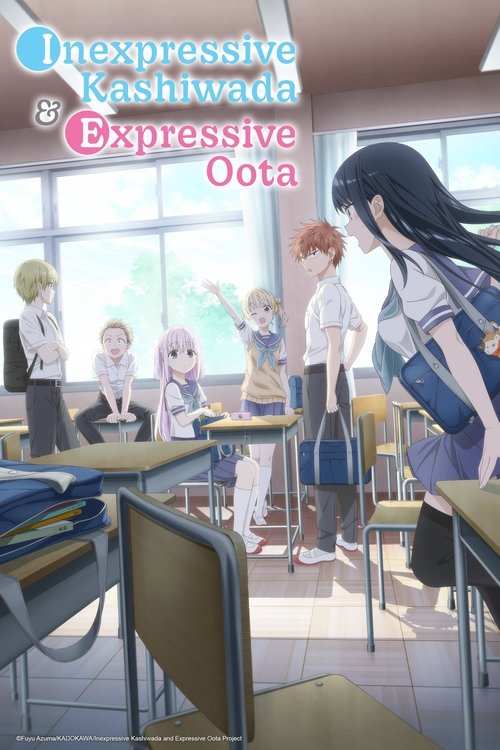
Ask Your Own Question
What is the plot?
The story of Sakamoto Days begins with Taro Sakamoto, once the world's most feared and lethal hitman, who has retired from his violent past after falling in love with Aoi, a convenience store clerk. They marry and have a daughter named Hana. Sakamoto transforms from a sleek, muscular assassin into a chubby, cheerful, and seemingly unthreatening convenience store owner, living a peaceful family life. Despite his changed appearance, he retains his extraordinary combat skills and reflexes but vows to avoid killing, honoring a promise made to Aoi.
Early in the series, Sakamoto's quiet life is disrupted when assassins from his past begin targeting him due to a massive bounty placed on his head. These enemies are initially deceived by his new appearance but quickly discover his lethal capabilities. Sakamoto defends himself and his family using non-lethal but highly effective methods, such as dodging bullets, crushing steel, and improvising weapons from everyday objects. His fighting style emphasizes incapacitation rather than killing, reflecting his vow.
Shin Asakura, a young and hotheaded assassin, encounters Sakamoto and becomes his apprentice. Shin struggles with his own violent tendencies and moral ambiguity, contrasting with Sakamoto's strict no-kill rule. Sakamoto helps Shin leave his life as a hired gun behind, and Shin begins living discreetly with the Sakamoto family. However, the bounty on Sakamoto's head and the resurgence of dangerous enemies pull both men back into the violent underworld.
The main antagonist, Ken Uzuki, also known as SLUR, emerges as a major threat. Uzuki orchestrates the bounty on Sakamoto and leads multiple terrorist attacks across Japan. He believes humanity is inherently evil and must be eradicated. Uzuki's methods are ruthless, including using innocent civilians as bait, endangering Sakamoto's family, and killing his own subordinates without hesitation. His most horrific act is the mass production and suspension of legal consequences for weapons, resulting in the deaths of 10% of Japan's population within weeks. Uzuki's goal is to prove his nihilistic worldview by any means necessary.
Throughout the series, Sakamoto confronts various assassins sent by Uzuki and other enemies. Each confrontation is detailed and intense, often involving elaborate fight sequences where Sakamoto uses his environment and ingenuity to subdue opponents without killing. For example, in one sequence, Sakamoto faces a group of assassins in a rollercoaster setting, where he uses the ride's mechanics and his quick reflexes to outmaneuver and incapacitate them. These fights highlight his calm demeanor and strategic mind despite his bulky appearance.
Sakamoto's wife, Aoi, remains unaware of the full extent of his past but supports his efforts to protect their family. Hana, their daughter, symbolizes the peaceful life Sakamoto strives to maintain. The tension between Sakamoto's desire for a normal life and the violent reality of his past creates ongoing conflict and drives the narrative forward.
As the story progresses, Sakamoto and Shin's partnership deepens, with Shin learning to control his impulses and adopt Sakamoto's principles. They face numerous challenges, including betrayals, ambushes, and moral dilemmas. Sakamoto's former colleagues and rivals, such as Gaku and Nagumo, reappear, complicating the situation with their own agendas. These characters test Sakamoto's resolve and force him to confront unresolved issues from his past.
The series culminates in a confrontation with Ken Uzuki/SLUR, where Sakamoto must protect his family and the innocent while dismantling Uzuki's plans. The battle involves high stakes, with Uzuki deploying advanced weaponry and merciless tactics. Sakamoto's refusal to kill complicates the fight, requiring him to rely on his skill, wit, and the support of his allies to neutralize Uzuki's threat. The resolution sees Sakamoto reaffirming his commitment to his family and his new life, even as the shadow of his past lingers.
Throughout Sakamoto Days, the narrative balances intense action sequences with moments of humor and domestic life, emphasizing the contrast between Sakamoto's former and current selves. The detailed animation and sound design enhance the storytelling, particularly in fight scenes that showcase Sakamoto's unique fighting style and personality.
More TV Shows Like This
Browse All TV Shows →
What is the ending?
The TV show Sakamoto Days produced in 2025 has not yet concluded its story in the anime adaptation; the first season aired its first cour early in 2025 and the second cour began airing in July 2025. The anime ends its first part in the middle of a new arc, with the story continuing beyond the current episodes. Therefore, the full ending of the series is not yet available in the anime format as of now.
However, the manga, which the anime adapts, is entering its final battle arc as of mid-2025, signaling the approach of the story's conclusion. Since the anime is still ongoing and the final episodes have not been released internationally, a detailed narrative of the ending scenes from the anime is not yet possible.
Expanded Narrative Description of the Ending (Based on Available Information)
The anime's first part concludes around Chapter 38 of the manga, ending in the midst of a new story arc involving Sakamoto and his allies facing new threats and challenges. The story follows Taro Sakamoto, a legendary hitman who retired to live a peaceful life as a convenience store owner but is drawn back into conflict due to his past.
The last episodes of the first cour show Sakamoto working closely with his friends Shin and Lu Shaotang to remove the bounty on his head. They confront new hitmen and get involved in a serial murder case targeting assassins. The narrative builds tension with action-packed scenes and introduces new allies and enemies, but it does not resolve the main conflicts or conclude the story.
Key characters at this point include:
- Taro Sakamoto: The retired hitman turned store owner, who remains highly skilled and protective of his family and friends.
- Shin: A young ally with mind-reading abilities who supports Sakamoto.
- Lu Shaotang: Another close friend and ally who fights alongside Sakamoto.
- New Hitmen and Allies: Introduced in the second part, expanding the cast and deepening the conflict.
Since the anime is ongoing and the manga is only now entering its final battle arc, the fate of these characters and the resolution of the story's conflicts remain to be seen. The anime's ending theme and trailers hint at intense battles and character development but do not provide a conclusive ending.
Summary of Current Status
- The anime Sakamoto Days (2025) has not yet reached its ending; the story is ongoing.
- The first part ended mid-arc; the second part continues the story with more action and new characters.
- The manga is entering its final battle arc, but the full conclusion is not yet published.
- Therefore, a detailed scene-by-scene narration of the ending and the final fates of main characters is not currently available.
Is there a post-credit scene?
Yes, the TV show Sakamoto Days (2025) does have a post-credit scene. Although detailed descriptions are limited, it is noted that the ending credit scenes are thrilling and hint at future developments in the story, encouraging viewers not to miss the exciting finale moments.
The anime adaptation, produced by TMS Entertainment and directed by Masaki Watanabe, balances comedic and action elements, with some scenes praised for surpassing their manga counterparts in impact and style. The post-credit scene likely continues this trend of blending humor and action, setting up anticipation for upcoming episodes or story arcs.
No specific narrative details of the post-credit scene have been publicly described in the available sources, but it is recognized as an important and exciting part of the episode endings.
What is the internal conflict faced by Shin in Sakamoto Days?
Shin struggles with moral ambiguity and internal conflict as he is repeatedly pulled back into dangerous situations despite trying to leave his life as a hired gun behind, contrasting with Sakamoto's vow to never take another human life.
Who is the main antagonist Ken Uzuki (SLUR) and what are his actions in the story?
Ken Uzuki, also known as SLUR, is the primary villain who places a billion-dollar bounty on Sakamoto's head and orchestrates terrorist attacks in Japan. He believes all humans are inherently evil and should be eliminated, going as far as mass-producing weapons and suspending legal consequences, causing 10% of Japan's population to die in weeks.
How does Sakamoto balance his retired life with the threats from his past?
Sakamoto, a retired legendary hitman, lives a quiet family life but must use his exceptional combat skills to protect his family from former enemies and assassins who seek revenge, all while maintaining his ordinary facade and adhering to his rule of not killing anyone.
What challenges did the anime production face regarding character design?
The anime's director Masaki Watanabe revealed that the deceptively simple character designs, lacking flashy or symbolic markers, made animation difficult because subtle traits like facial shape and eye size had to be precise. This simplicity meant even small mistakes could disrupt viewer recognition.
What role does Sakamoto's family play in the story?
Sakamoto's family is central to his motivation; his peaceful life as a family man is disrupted by threats from his past, and protecting his family is a key driver for his return to combat, highlighting the personal stakes behind his actions.
Is this family friendly?
The TV show Sakamoto Days (2025) is not fully family-friendly and is best suited for viewers aged 14 and older due to its content. It contains moderate violence and gore, including fight scenes with weapons, blood, and some graphic moments such as a beheading and a man removing his stitches to use as weapons. The violence ranges from slapstick humor to intense action, which might be disturbing for sensitive viewers or children.
There is no explicit sex or nudity, but some female characters wear revealing clothing, and there are infrequent mild sexual references. Alcohol, drugs, and smoking appear mildly. The show also has moderate profanity and some mild frightening or intense scenes.
In summary, potentially objectionable or upsetting aspects for children or sensitive people include:
- Frequent and sometimes graphic violence and blood
- Scenes involving weapons, beheadings, and intense fight sequences
- Mild sexual references and revealing clothing
- Moderate use of profanity
- Mild frightening or intense moments
There is no explicit nudity or strong sexual content, but the violent and mature themes suggest parental discretion is advised for younger viewers.

